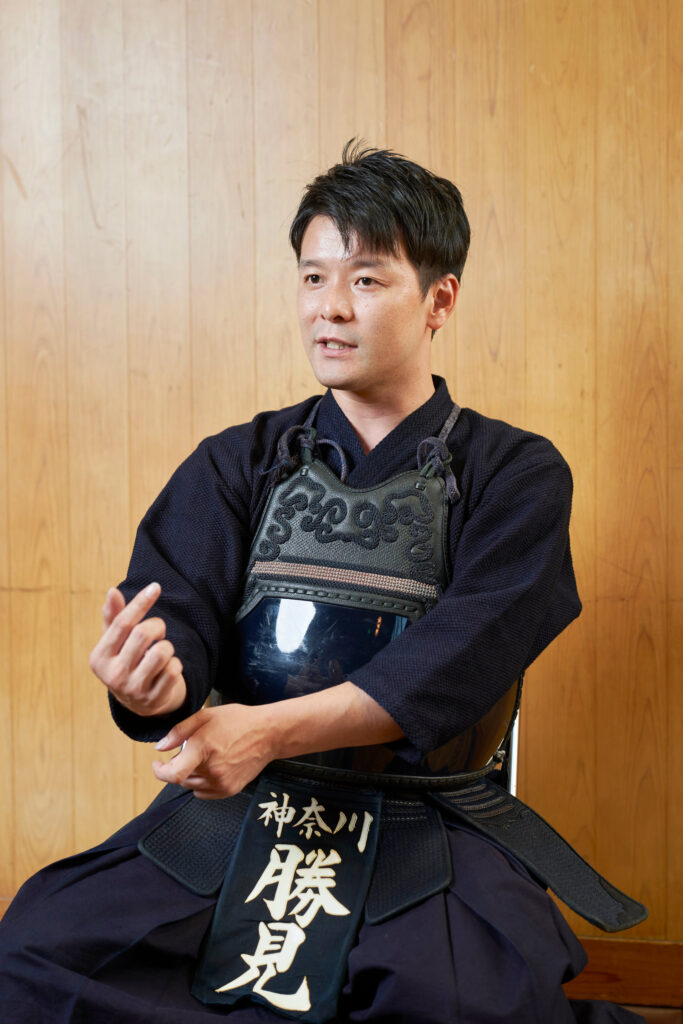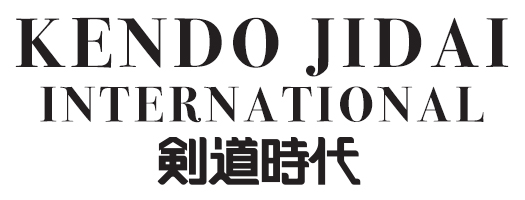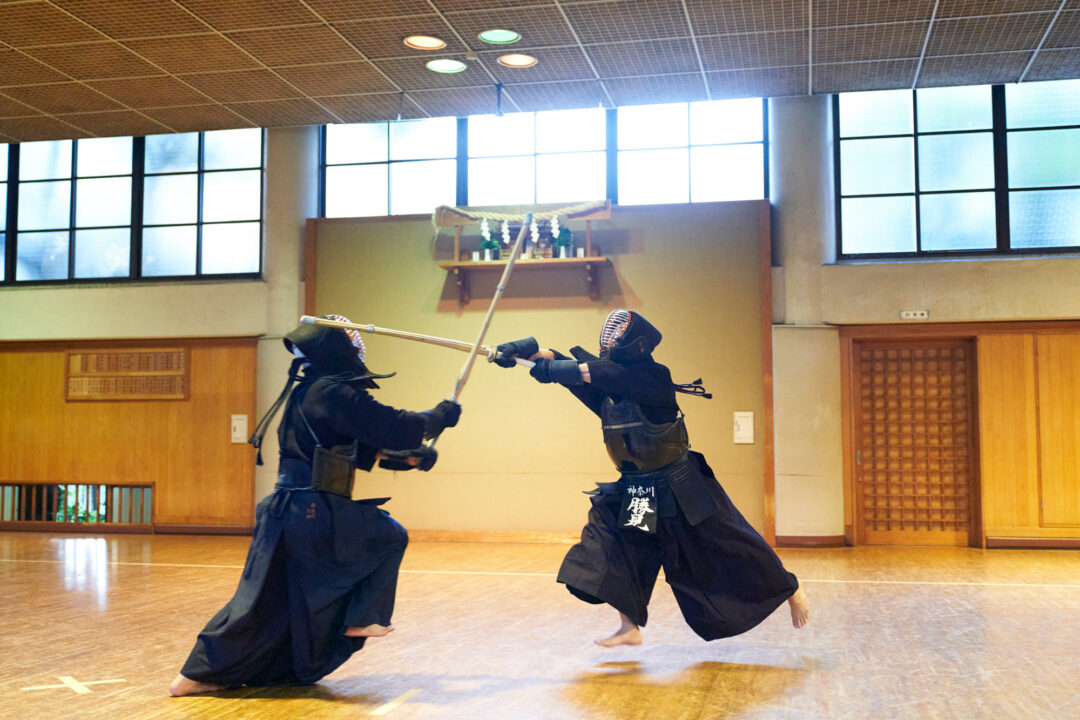2024.12 KENDOJIDAI
Composition by: Tsuchiya Tomohiro
Photography by: Sugino Shinsuke
Translation by: Sato Mariko, Pepijn Boomgaard
Katsumi Yosuke has mastered and refined his Debana-waza, securing decisive points in countless memorable matches. We had the opportunity to hear about his passion for Debana, as well as the elegant techniques born from years of study and relentless practice.
Katsumi Yosuke, Renshi 7th Dan

Drawing in the Opponent to Create Opportunities: The Art of Debana-men
I have been skilled in Debana-waza since my student days. However, I am not particularly tall at 169 cm, nor do I have an especially long arm reach. Despite these physical limitations, my strong desire to successfully execute Debana-men drove me to dedicate myself to rigorous training and honing my techniques.
In this article, I would like to share my personal approach to Debana-waza.
Simply put, if I were to engage in a straightforward “ready, set, go” contest with a taller opponent, it would be physically impossible for my Men strike to land first. However, in Kendo, the concept of “opportunity” varies greatly, and even the slightest psychological imbalance or hesitation can influence the emergence of an opening for a technique. This is something that experienced Kendo practitioners inherently understand.
What I emphasize most is drawing in the opponent. By patiently waiting until the very last moment before they commit to their move, I aim to discern their technique and capture the initial motion (Okori). Of course, it goes without saying that I must remain prepared on my end. I ensure that my stance is unshaken, with my left foot firmly positioned, ready to strike at any moment. Whether moving forward or stepping back, I always strive to keep my footwork consistent and my steps evenly spaced.
Drawing in the opponent also requires a firm mental foundation. If my desire to strike becomes too strong, it will manifest as an “aura” that the opponent can detect. In the delicate interplay of a high-level exchange, I cultivate a sense of controlling my opponent, leading them to feel, “Now is my chance,” and prompting them to act. At that moment, I strike decisively, without hesitation.
It is a highly intuitive process, which makes it difficult to convey in words. However, if I were to offer a comparison, it would be similar to a counterpunch in boxing—waiting for the right moment and striking with precision when the opportunity arises.
Patience Until the Last Moment: The Ideal is a Natural Execution of Technique
The rest of this article is only available for Kendo Jidai International subscribers!


